Bitcoin’s surged over the weekend, breaking the 40K barrier for the first time since May 2022, has brought a fresh wave of optimism and focus in the cryptocurrency market. The immediate attention is now on the key level of 41259, a significant Fibonacci projection level. Decisive break through this level could set the stage for a climb through 50K handle.
The surge is largely driven by growing optimism surrounding the approval of Bitcoin ETF by the SEC. Bloomberg’s expectation of a batch of such funds gaining SEC approval by January adds to this sentiment. This development signifies a major shift towards mainstream acceptance of Bitcoin, fulfilling a long-awaited milestone for many investors and traders.
Another contributing factor is the anticipated Bitcoin halving event scheduled for May next year. Historically, Bitcoin halvings, which occur every four years, have been associated with bullish market trends. Market participants are eyeing a potential bull run post-halving, with some traders positioning themselves early in anticipation of both the halving and the ETF approval.
Technically, D MACD suggests that Bitcoin is now in a re-acceleration phase. Immediate focus is on 100% projection of 15452 to 31815 from 24896 at 41259. Decisive break there will pave the way to 161.8% projection at 51371 next.
There might be some initial resistance from 41259 to limit upside at the first attempt. Break of 37485 support will bring consolidations in Bitcoin first. But pull back should be contained by 31815 resistance turned support to bring another rally.




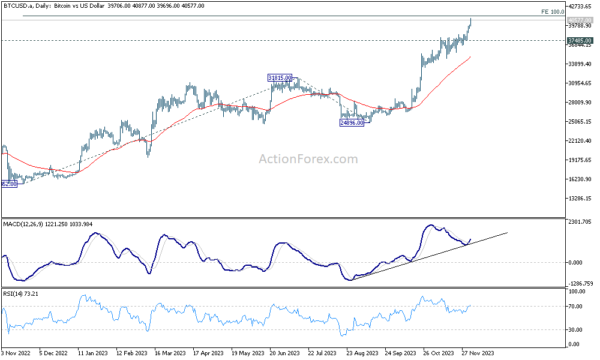
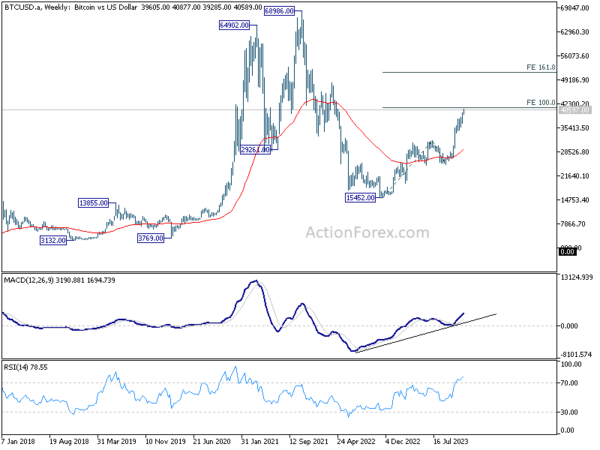
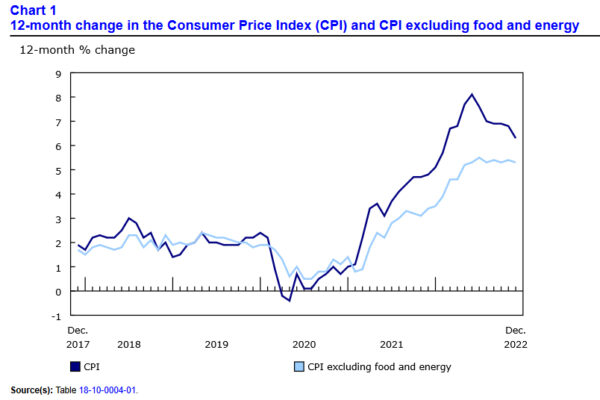

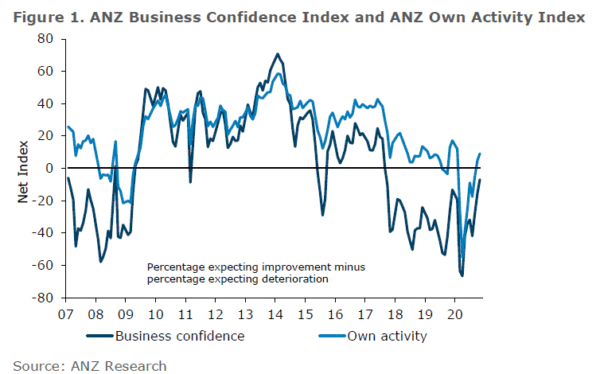
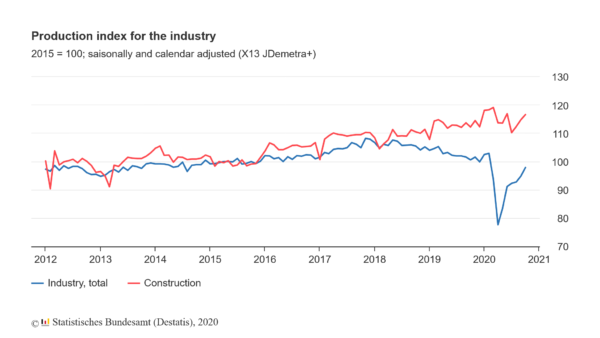
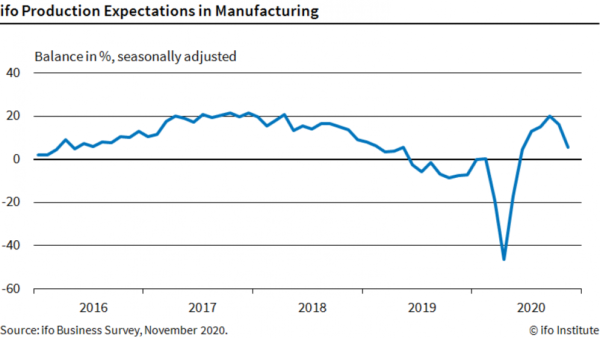
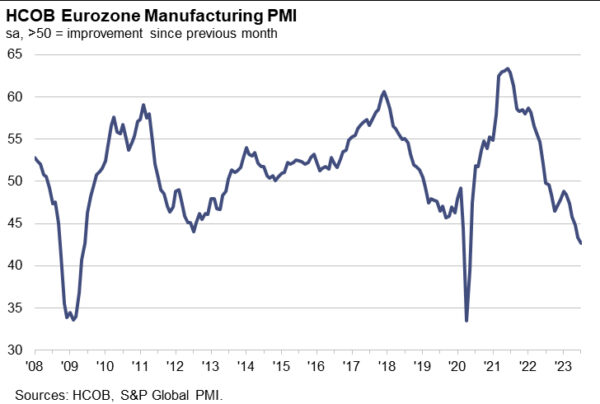

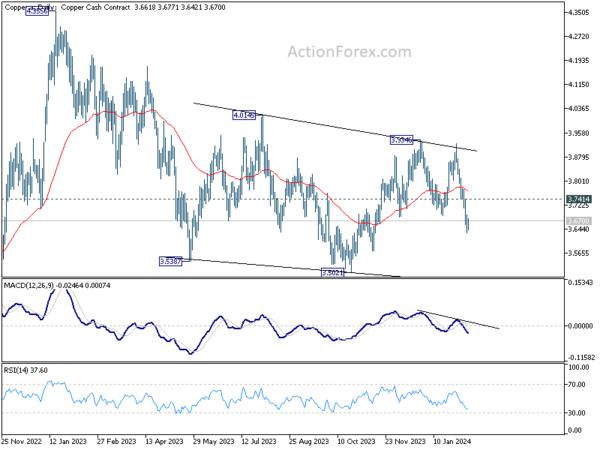
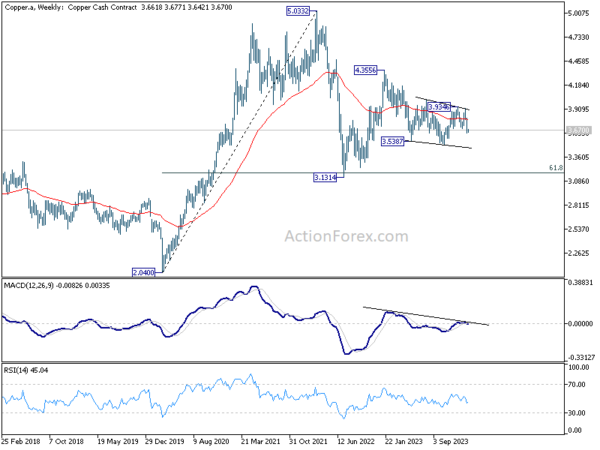
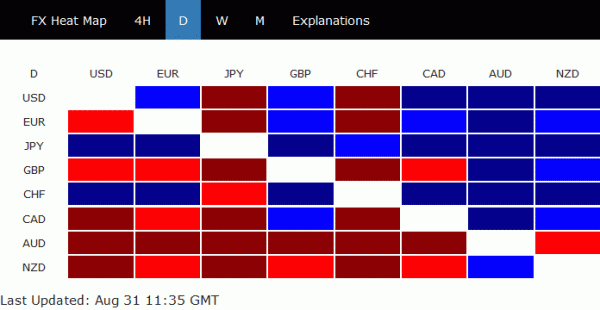
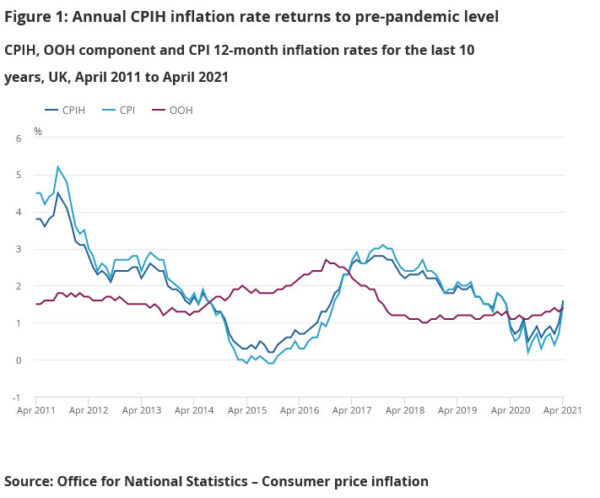
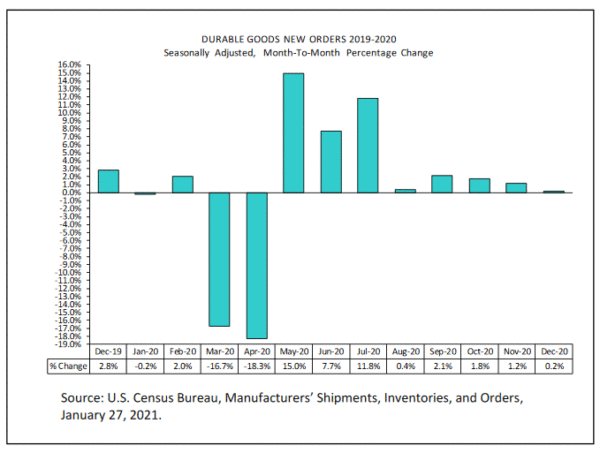
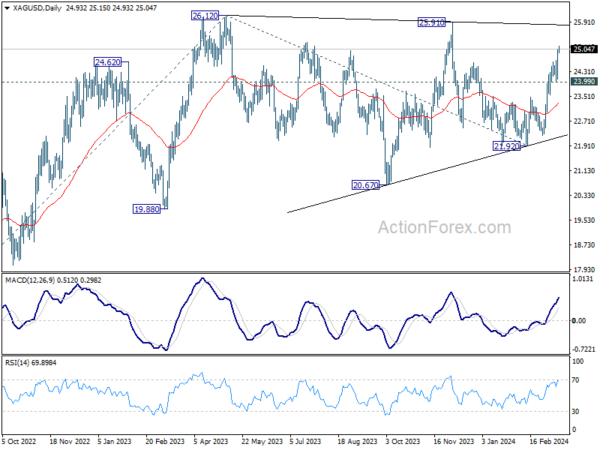

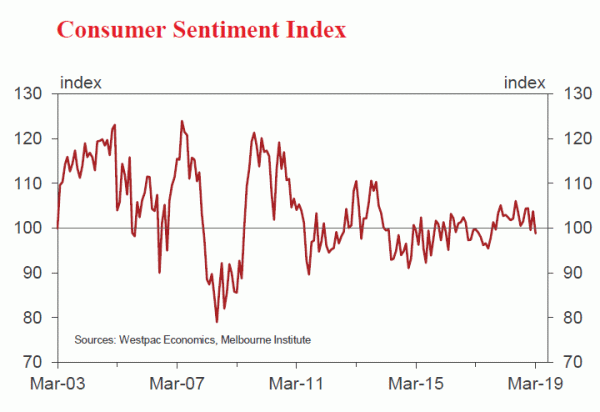
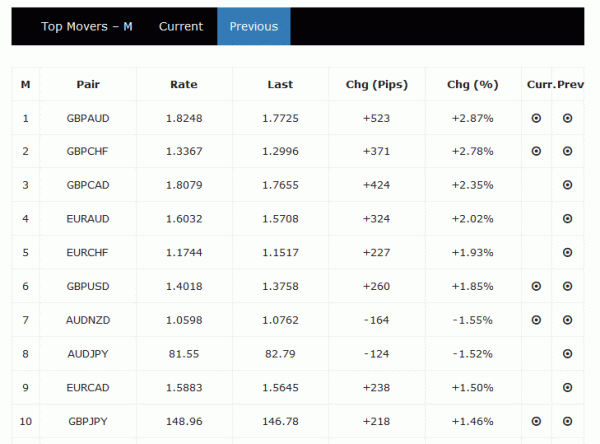

China’s unreliable entities list on the way as countermeasures to US
Just as the Chinese Communist Party run hawkish tabloid Global Times warned that “major retaliative measures’ on US for Huawei are underway, the Commerce Ministry announced to set up a list of “unreliable entities” targets companies that violate market rules, cut off supply to the country.
The ministry noted that for non-commercial purposes, some foreign entities impose blockades, confessions and other discriminatory measures against Chinese enterprises and damage their legitimate rights and interests”. Such entities endanger China’s national security and interests, and also pose a threat to global supply chain. Detailed measures regarding the list will be announced later.
Off shore Chinese Yuan is back under pressure today, with USD/CNH hitting as high as 6.9472 so far. 6.9488 resistance is back in focus. Overall, we’re not expecting a sustainable top in USD/CNH at current level, not even at the psychologically important 7 handle.
There were talks that USD/CNH above 7 would cause serious capital outflow and risks delaying internationalization of the Yuan. But it’s also noted that the government has implement measures already, including tighter compliance requirements. For, we’d believe that all the official would try is only slowing Yuan’s decline, rather than blocking it.